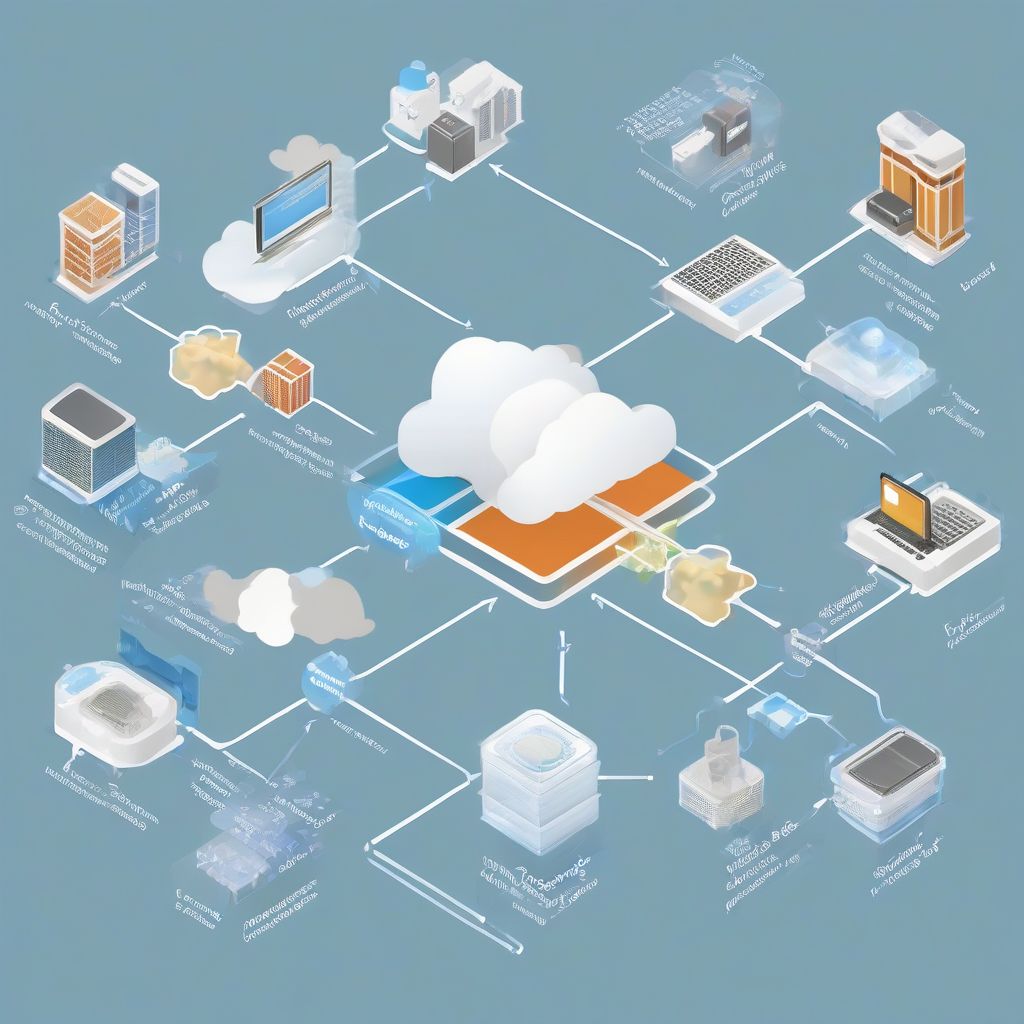Imagine this: you’re about to bake a cake. You need ingredients, an oven, and some mixing bowls. You could buy all the equipment yourself, but what if you only bake occasionally? It seems like a lot of hassle and expense for something you won’t use all the time.
That’s where Infrastructure as a Service (IaaS) comes in, but instead of baking supplies, we’re talking about the building blocks of your digital world: computing power, storage, and networking. IaaS provides these resources on-demand, like renting them from a cloud provider instead of owning them outright.
Understanding IaaS: The Essentials
In its simplest form, IaaS gives you access to virtualized computing resources over the internet. Think of it like renting a virtual data center. You get all the components you need – servers, storage, network – but instead of physically managing them, you control them through a dashboard or API.
Key Benefits of IaaS:
- Cost-effectiveness: Pay only for what you use, eliminating the upfront costs of hardware.
- Scalability and Flexibility: Easily adjust resources up or down based on your needs, ensuring optimal performance during peak times.
- Focus on Core Business: Free up your IT team to focus on innovation and strategic initiatives rather than managing infrastructure.
Why is IaaS Important?
In today’s digital landscape, agility is key. Businesses need to adapt quickly to changing market demands, and IaaS provides the foundation for that flexibility. It allows you to:
- Launch applications and services faster.
- Scale your business rapidly without infrastructure limitations.
- Test new ideas and innovations in a cost-effective environment.
services.nabm.xyz/wp-content/uploads/2024/07/iaas-diagram-66a9af.jpg" alt="IaaS Diagram" width="1024" height="1024">IaaS Diagram
Common IaaS Use Cases
IaaS has become a game-changer across industries, empowering businesses to:
- Host websites and web applications: Ensure high availability and scalability for your online presence.
- Run enterprise applications: Deploy resource-intensive applications like CRM and ERP systems.
- Store and manage data: Leverage cloud storage solutions for backups, archives, and big data analysis.
- Develop and test applications: Create and test new software in a flexible and cost-effective environment.
Frequently Asked Questions about IaaS
What’s the difference between IaaS, PaaS, and SaaS?
Think of it as a stack:
- IaaS: You manage the infrastructure (servers, storage), while the provider manages the physical hardware.
- PaaS: You manage the applications and data, while the provider manages the infrastructure and middleware.
- SaaS: You use the provider’s software applications over the internet.
What are some popular IaaS providers?
Major players in the IaaS market include:
- Amazon Web Services (AWS)
- Microsoft Azure
- Google Cloud Platform (GCP)
Is IaaS secure?
Security is a shared responsibility. While providers implement robust security measures, you are responsible for securing your data and applications within the IaaS environment.
Conclusion
IaaS represents a fundamental shift in how businesses approach IT infrastructure, offering a compelling blend of flexibility, scalability, and cost-effectiveness. By understanding the core concepts of IaaS, you can unlock the power of the cloud to transform your business operations and drive innovation.
Ready to explore the possibilities of IaaS? Share your thoughts and questions in the comments below, and let’s discuss how IaaS can help you achieve your business goals.
